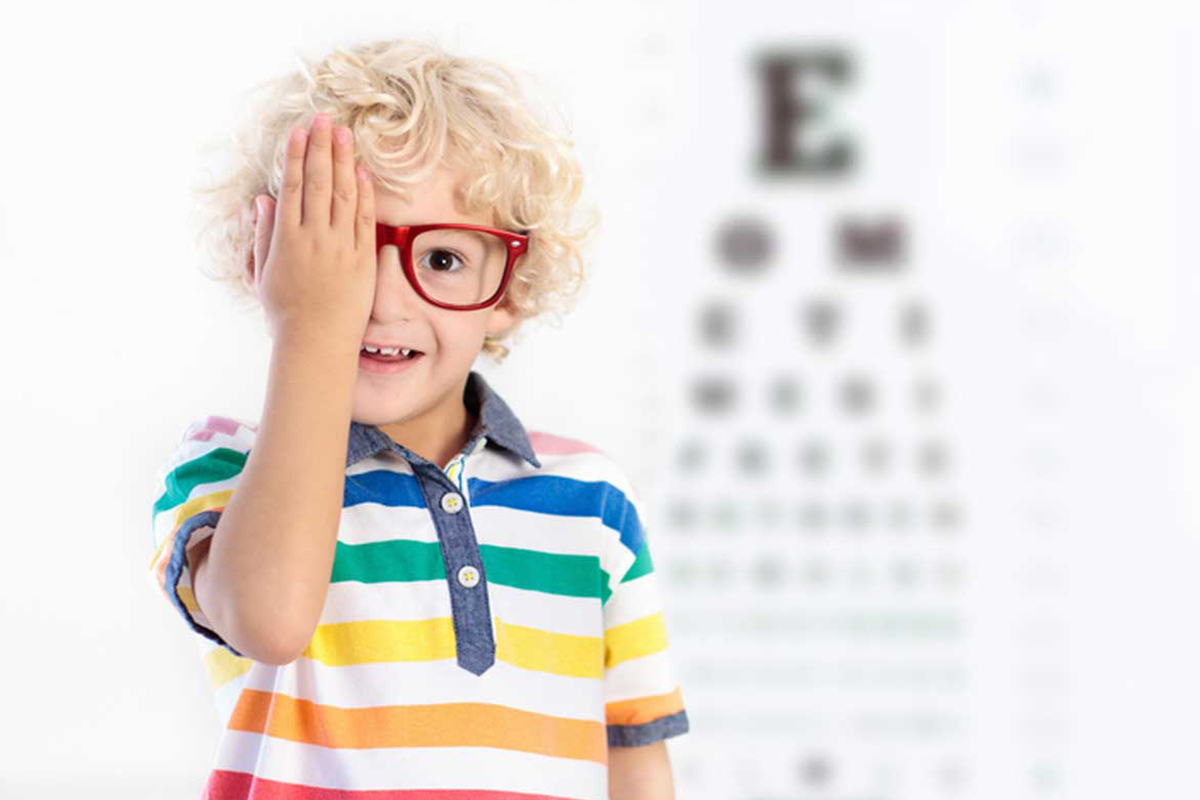Nearsightedness, Farsightedness and Astigmatism are the most common Refractive Errors in Children. All of these can affect the vision of the child. If the child has any of these, then corrective glasses or lenses is needed for correction or improvement.
For refractive errors, it is observed that a lot of inheritance patterns is seen. These includes Dominant (One gene passed from a parent with a refractive error to a child), recessive (caused by two genes, one inherited from each parent who may or may not have a refractive error), and multifactorial (combination of genes and environment).
Amongst refractive errors, for a child
- Astigmatism can lead to make objects look blurry
- Farsightedness or Hyperopia can make close objects look out of focus
- Nearsightedness or Myopia can make distant objects look out of focus

Prescribing glasses in children is altogether a different art compared to adults, as kids are not cooperative for perfect assessment and even auto refractometer machines don’t give accurate readings. We may need to put different cycloplegic drops in the eyes and dilate the pupil to assess accurate glass number for the child.
Always prefer a pediatric ophthalmologist for assessment of childhood refractive error!
MYTH: Children can’t wear glasses at the early age and using of glasses from early childhood makes it permanent and increases the chance of progression of refractive error.
FACT: Uncorrected refractive error from early childhood increase the risk of permanent damage to eyes which is known as Amblyopia. Children are much complaint and adaptive to glasses.

